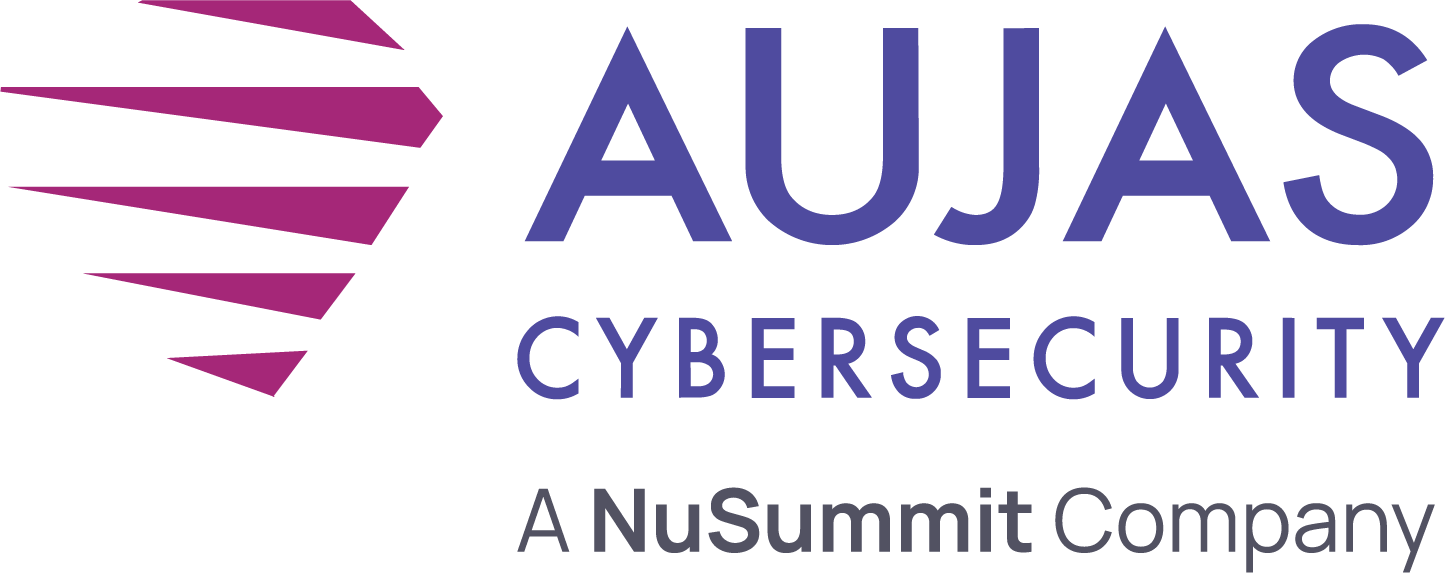
Organizations are often underpinned by the chaotic symphony of scattered systems, endpoints, distributed networks, and applications running on-prem and the cloud. Thus, the criticality of Identity and Access Management (IAM) cannot be overstated. It should come as no surprise that new cloud-based IAM solutions are fast gaining traction, so much so that more than 80% of global IT leaders intend to implement or expand their cloud-based IAM capabilities during the next two years.[i]
While IAM allows digital-first organizations to shift towards uniform and simplified identity management, it also exposes them to potential cyber threats if user identities and admin privileges are not properly managed. Additionally, disparate access control systems, manual processes, and security gaps can introduce new vulnerabilities within a network.
The IAM pitfalls faced by organizations today
IAM is designed to ensure that all users have the access they need to do their job while preventing them from having access they do not need. However, the induction of modern digital ecosystems within existing infrastructure has created new challenges, such as:
- Disjointed access control mechanisms: As an organization matures, managing and controlling user access to various resources and systems becomes more complex. As the number of users and applications (on-prem and in the cloud) increases, the complexity of managing all these users and applications dramatically increases. This results in an increasingly chaotic “provisioning web,” which makes it challenging to align the right access control mechanism to the right user.
- Shadow IT challenges: Given the momentum towards “bring your own device (BYOD)”, organizations must often provide employees access to company resources through personal systems and devices. While this provides convenience for IT provisioning, it can also lead to significant challenges with IT oversight, as it becomes difficult to control what is installed on each device.
- Scaling resources for a remotely distributed workforce: With time, many organizations have embraced remote and hybrid workforces to expand their talent pool. However, this has also led to an exponential rise in access points, making it difficult for organizations to scale IAM systems securely and efficiently.
This disjointed and overstretched IAM environment is enough to burden IT teams with increased risk exposure. Luckily, embracing artificial intelligence can help organizations make a real difference.
Catapulting to the future of IAM with AI
AI has emerged as the differentiator for organizations looking to drive operational efficiency when addressing the inherent challenges with conventional IAM. With AI, organizations can consolidate disparate IAM platforms to gain a” single pane of glass” view of all user identities and associated permissions. Integrating disparate systems can also help organizations establish a central governance framework that significantly improves compliance and reduces redundancies in access provisioning.
Another area where AI can positively impact is by strengthening security analytics for IAM platforms. AI can empower IAM systems to seamlessly sift through large volumes of data, including system events, user activity logs, contextual information, and application behaviours, to identify patterns and anomalies in seemingly unrelated security data. This enables threat identification to become much more effective than manual monitoring.
A third example of the power of AI in IAM systems is the implementation of adaptive access control mechanisms based on contextual factors, such as application behaviour, location of access, time of access, user profile, and several other parameters. Apart from this, AI can also correlate threat findings from different layers, such as application, data, and code network, to deliver contextual awareness to network admins. This empowers the admins to enforce stringent security measures when required, reducing the risk of unauthorized access.
Unlike traditional IAM systems, which rely solely on predefined access rules, AI powers IAM systems with cutting-edge technology that allows for analysing user behaviour to identify anomalies that may result in potential breaches. For example, if an employee account is accessed beyond the usual work hours or from some unusual location that doesn’t correlate with user data, AI could flag this for manual review or even suspend the account until an admin can validate the access. This approach not only helps prevent unauthorized access but also significantly enhances user experience by reducing unnecessary authentication steps for trusted users, ensuring that security does not come at the cost of convenience.
The future of IAM is Smart Identity, Secure Access and Aujas Cybersecurity aims for intelligent IAM.
The cross-industry shift towards organizations harnessing AI to streamline their IAM function indicates that this is not a mere trend but instead is becoming a necessity to stay ahead in a digital landscape that’s ever evolving. Intelligent IAM can deliver more clarity, scalability, and give organizations the power to adapt to the latest trends and zero down the threats.
Discover how Intelligent IAM can drive growth and secure your business. Visit www.aujas.com for tailored solutions aligned with your goals.





